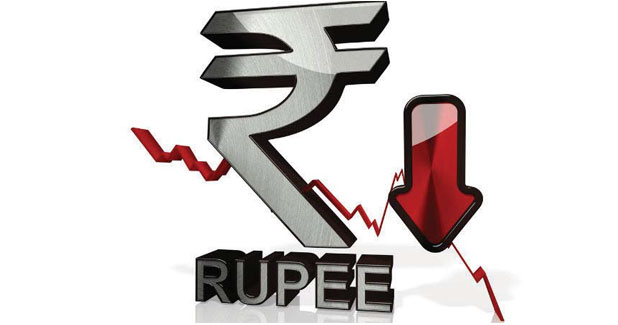
Rupee’s low: Exports gain, imports drain
Meanwhile, a FICCI survey says “the Indian economy is expected to grow at 7.4 per cent in the current fiscal, higher than the previous year.
India’s trade deficit in July widened to the most in more than five years, worsening the outlook for the rupee that hit a record low a couple of days back. The trade shortfall puts pressure on the current account deficit, a key vulnerability for the economy and one of the reasons why the rupee has been among the worst-hit in Asia amid an emerging market rout this year. The rupee dropped to as low as 70.08 per dollar on August 14 as a collapse in Turkey’s lira hit investor sentiment, taking the slump in India’s currency down to 8.6 per cent this year.
While a weaker rupee is positive for exports, it poses an inflation risk for a nation that imports more than 80 per cent of its crude oil needs. Every rupee change in the exchange rate against the US dollar impacts India’s crude oil import bill by $1.58 billion, according to the Oil Ministry. Inbound shipments of oil in July were at $12.4 billion, up 57.4 per cent from a year ago, while gold imports surged 41 per cent to $2.96 billion and electronic goods by 26 per cent to $5.12 billion. Overall imports rose 29 per cent to $43.8 billion, while exports grew at 14 per cent to $25.8 billion.
The last time the trade deficit was wider was in May 2013 at $19.1 billion. “Broader emerging market currency movement, dollar strength, and the trend in crude oil prices will drive the outlook for the rupee in the immediate term, which will have an impact on the landed cost of imports,†said Aditi Nayar, principal economist at ICRA in Gurugram, near New Delhi. “That will also have a bearing on various commodity prices and transmit into wholesale price inflation,†she said. The wider trade gap comes at a time when inflation is easing, complicating the central bank’s policy outlook.
Meanwhile, a FICCI survey says “the Indian economy is expected to grow at 7.4 per cent in the current fiscal, higher than the previous year.â€



